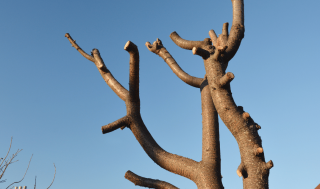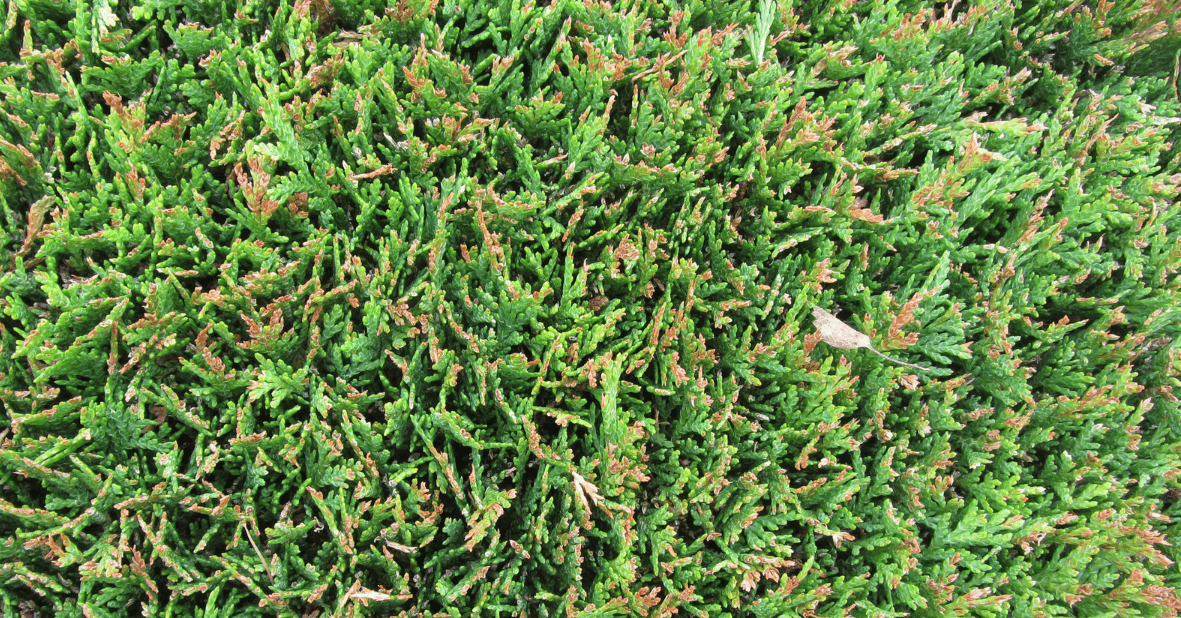Pruning is a crucial aspect of tree care, contributing to your trees' overall health, appearance, and safety. However, improper pruning practices can lead to irreversible damage, affecting the tree's vitality. In this comprehensive guide, Strobert Tree Services will delve into the types of pruning, common mistakes to avoid, and essential tips for maintaining your trees' well-being.
Types of Pruning
1. Thinning
Thinning involves selectively removing branches to enhance light penetration and air circulation. This pruning is beneficial for reducing the tree's density, promoting healthy growth, and minimizing the risk of diseases.
2. Heading Cut
Heading cuts involve removing the terminal portion of a branch, encouraging lateral bud growth. While this can be useful for shaping trees and promoting bushier growth, improper execution can lead to weak, unstable branches.
3. Reduction
Reduction pruning aims to reduce the overall size of a tree. Removing branches helps maintain the tree's natural form while addressing issues like clearance for utility lines or buildings.
4. Raising
Raising involves removing lower branches to provide clearance for structures, pedestrians, or vehicles. Proper execution is vital to avoid creating an imbalanced or top-heavy tree.
5. Cleaning
Cleaning focuses on removing dead, diseased, or crossing branches to improve the tree's overall health and appearance. Regular cleaning pruning contributes to disease prevention and aesthetic enhancement.
6. Reduction Cut
A reduction cut involves selectively removing a branch to reduce its length or size. This technique effectively controls the tree's size while preserving its natural shape.
7. Dead Pruning
Removing deadwood is essential for preventing potential hazards and promoting the tree's health. Dead pruning enhances the tree's aesthetic appeal by eliminating unsightly, decaying branches.
8. Crown Reduction
Crown reduction targets specific branches to decrease the overall canopy size. This is crucial for balancing the tree's structure and preventing issues such as storm damage.
9. Heading
When done correctly, heading stimulates lateral bud growth, promoting a fuller canopy. However, improper execution can result in weak branch attachments and structural issues.
10. Pollarding
Pollarding involves removing all branches and growth from a tree's crown to create a specific, controlled form. This method suits certain tree species but should be done cautiously to avoid stressing the tree.
11. Removal
Complete removal is the most drastic pruning type, involving the cutting down the entire tree. This should be considered only when necessary, for safety reasons, or when the tree is beyond recovery.
Tips to Avoid Bad Pruning
1. Prune with a Goal in Mind
Before pruning, identify your goals—removing dead limbs, shaping the tree, or increasing fruit or flower production. Understanding your objectives ensures that you make informed pruning decisions.
2. Avoid Heavy Pruning During Growing Season
Heavy pruning during the growing season can stress the tree and disrupt its natural growth patterns. Aim for pruning during the dormant season to minimize stress and promote quicker recovery.
3. Use Sharp Tools
Using sharp, clean pruning tools ensures a clean cut, promoting faster healing and reducing the risk of infection. Dull or rusty tools can cause tearing and damage to the tree, leading to potential health issues.
4. Stay Away from Topping a Tree
Topping, or indiscriminate cutting of branches, is a harmful practice that can lead to weak regrowth, decay, and structural issues. Instead, opt for proper reduction or thinning techniques to achieve your desired results.
5. Don't Over Prune
Removing more than 25% of a tree's foliage can stress the tree and compromise its health. Maintaining a balance between achieving your pruning goals and preserving the tree's vitality.
How do you fix bad pruning?
Don't worry; bad pruning can be fixed!
First, wait until winter when the tree is dormant. Then, identify the damage.
For stubs, cut them back to the nearest healthy lateral branch or back to the trunk. For crossing branches, choose the strongest and straightest one and remove the other using a 30-45° cut. Finally, remove any dead or diseased branches.
Remember, pruning is an ongoing process, so be patient and care for your tree correctly for optimal growth and health.
Conclusion
Pruning is a valuable tool for maintaining the health and beauty of your trees when done correctly. Strobert Tree Services emphasizes the importance of understanding different pruning techniques, avoiding common pitfalls, and following best practices to ensure the longevity of your trees. When in doubt, consult with a professional tree care service to make informed decisions about your tree's well-being.
For expert tree care services in Delaware, Pennsylvania, Maryland, and New Jersey, contact Strobert Tree Services—the industry leaders dedicated to preserving your trees' vitality and beauty.











